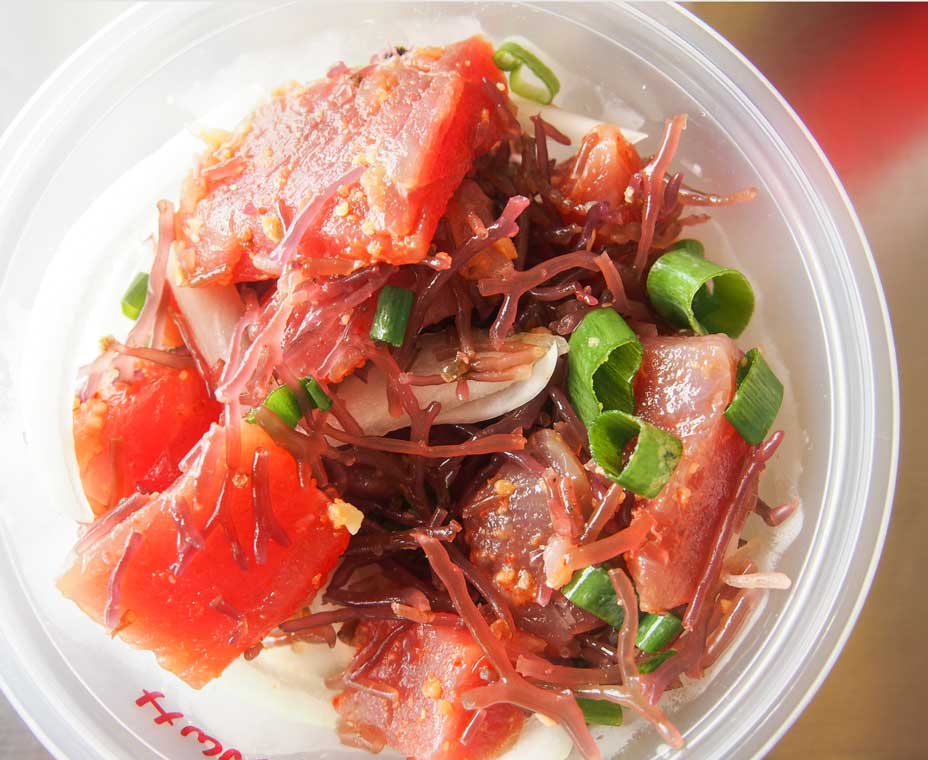When you hear the phrase “traditional American cuisine,” what are the first foods that come to mind?
If you’re from New England, you may conjure up an image of a plate of baked cod or a boiled lobster. If you hail from the Midwest, your idea of traditional American food might be a ribeye steak and a baked potato, whereas residents of the Southeastern U.S. might gravitate to biscuits and gravy, low-country shrimp and grits, or pulled-pork barbecue. Southwesterners may look to Tex-Mex cuisine as their regional standard, while many Californians might think a dinner of poached free-range chicken and freshly harvested Central Valley vegetables is as American as organic, gluten-free apple pie.
Which of these options most definitively represents “American cuisine”? The answer, of course, is all of them. The U.S. encompasses nine regional climates, various vegetation regions, dozens of ethnic groups, and innumerable culinary traditions. So it’s no surprise that we’ve managed to come up with at least a dozen uniquely regional U.S. cuisines.
But just when you think you’ve got a handle on what Americans eat from place to place, it turns out there are more variants still waiting to be discovered. In recent years, for instance, three regional cuisines have exploded in popularity—and quick serves could gain a first-mover advantage if they successfully incorporate these interesting cuisines into their products.
Appalachian
Let’s begin with Appalachian food, which the Washington Post last year described as “a scrappy, intelligent way of cooking that, out of necessity, embraced preserving, canning, fermenting, and using every part of the animal long before all that was trendy.” The cuisine’s cornerstone ingredients include apples, potatoes, root vegetables such as turnips and rutabagas, salted meats, and pickled vegetables.
Appalachian cuisine has vaulted into the national spotlight in recent years thanks in no small part to a flurry of press coverage and the popularity of a cookbook, Victuals: An Appalachian Journey, by longtime food writer and editor Ronni Lundy. The book was nominated for a 2017 James Beard Foundation award.
At Rhubarb in Asheville, North Carolina, local delicacies include fried hominy with chile and lime; heritage pork meatballs with grits, greens, and garlic confit; and a heritage pork loin with sweet and sour collard greens, red peas, salsa verde, and salt-and-vinegar chicharone. Farther south, at the Appalachian Grill in Cartersville, Georgia, the offerings include fried hush puppies and dill pickle chips with white barbecue sauce, and the house signature dish of grilled shrimp, scallops, beer brats, and kielbasa over potato hash.
Native American
If we climb down from the mountains and head west toward the Great Plains, we’ll encounter a region with an increasing hunger for Native American cuisine, which is built around the three sisters of corn, beans, and squash.
It’s a nascent trend, one that has been more anticipated than observed in recent years. Five years ago, The Atlantic proved premature in its assessment that “this long-overlooked cuisine is slowly gaining traction in the broader culinary landscape.” But last year, the magazine acknowledged that things hadn’t played out quite that way, owing perhaps to widespread confusion about what, exactly, Native American cuisine is.
“Of the more than 500 recognized tribes in the U.S., each has different cooking traditions shaped by access to different resources,” the publication noted. “That can make the task of launching and marketing a Native American restaurant difficult. Where one customer might expect to see buffalo and venison on a menu, another might anticipate salmon and squash.”
Nonetheless, some restaurateurs have gone boldly forward. In Minneapolis, the Tatanka Truck offers a bison meat bowl with wild rice, maple-roasted vegetables, dried squash, cranberry sauce, greens, and toasted seeds. And at Tocabe, a fast-casual Native American concept in Denver, patrons can fashion a meal from a bread or salad base; proteins such as bison, chicken, or beef; and toppings ranging from hominy, tomato, and seeds to sweet corn and roasted green chilies.
Hawaiian
Continuing our journey west, we leave behind the land-based food of Native Americans and find ourselves awash in Hawaiian-style poke—sliced, marinated raw fish served with a variety of seasonings, garnishes, and sides.
Of course, these days you don’t need to be an island-dweller to find good poke. The Liholiho Yacht Club in San Francisco, for instance, offers a tuna poke with sesame oil and radish, and fast-casual poke joints are popping up in urban areas around the country.
In addition to fish, Hawaiian food encompasses a vast range of meats, vegetables, and starches that lend themselves to creative adaptations and interpretations. At Onomea in Brooklyn, the menu features Kalua pig and cabbage with rice, macaroni salad, and a green salad, as well as a teriyaki burger topped with a sunny-side egg on a bed of rice topped with gravy. And at Noreetuh in New York’s East Village, the Mochiko chicken wings and corned beef tongue are menu staples.
The takeaway? While many chefs and menu-development professionals continue looking abroad and beyond for culinary inspiration, there are a variety of unique, disparate regional cuisines within the U.S.’s own borders that can serve as the basis for new product ideas.
This article originally appeared in QSR‘s June 2017 issue under the headline “This Land Is Your Land.”











